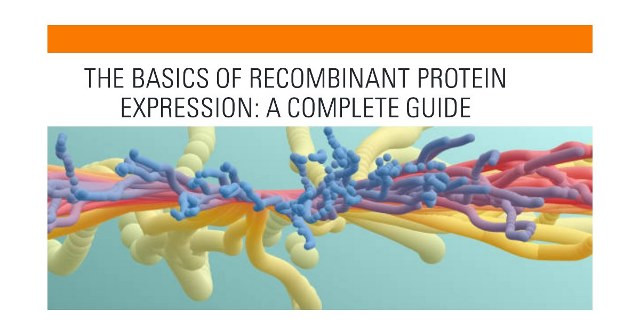The Basics of Recombinant Protein Expression: A Complete Guide
Aug 28th 2023
Proteins are the unsung heroes of biology, powering nearly every cellular process. Since the importance of proteins in research and production is becoming increasingly transparent, more is needed to separate them from their biological host cells to meet the growing market demand. However, since proteins are so complicated, chemical production is also not a walk in the park.
Recombinant DNA technology has achieved significant advancements, significantly increasing the availability of proteins needed to meet the growing demand in the life science and research community.
This post covers how this technology helps in recombinant protein expression systems and production.
What is Recombinant Protein?
Modern protein expression techniques typically involve using living cells and their cellular system as a factory to mass-produce a specific protein. Recombinant proteins are made using recombinant DNA technology, and any time a scientist begins a new study that would require a purified protein, they immediately start planning how to produce it in a recombinant form.
There is no question that the creation of recombinant proteins in living systems has significantly contributed to the progress of biochemistry. For the purification of relatively small quantities of a particular protein, the days of requiring kilos of animal and plant tissues or significant volumes of biological fluids are at an end.
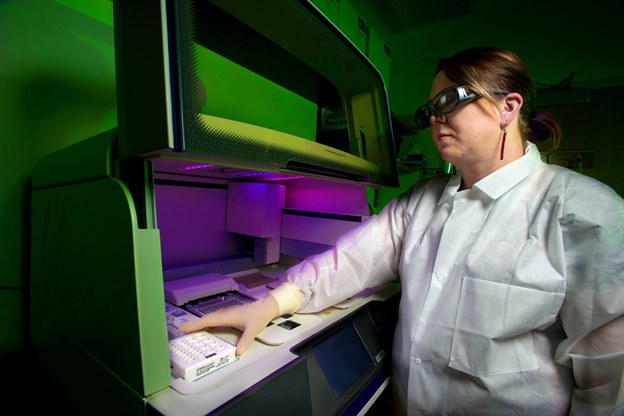
When a researcher begins a new project for which they will need a purified protein, their first thought is to determine how to obtain it in recombinant form.
Knowing how to express and purify a large amount of the desired recombinant protein makes it possible to study its biochemistry, use it in industrial processes, and make products like Elisa kits from it.
Theoretically, the processes required to express a recombinant protein are comparatively simple. After taking the gene of interest, cloning it in an expression vector, translating it into the chosen host, inducing it, and waiting the appropriate amount of time, the protein can then be purified and characterized. In real life, though, there is a multitude of issues that can arise.
Downstream issues include poor host development, inclusion body (IB) formation, inactive protein, or zero protein produced.
Methods for Expressing Recombinant Proteins
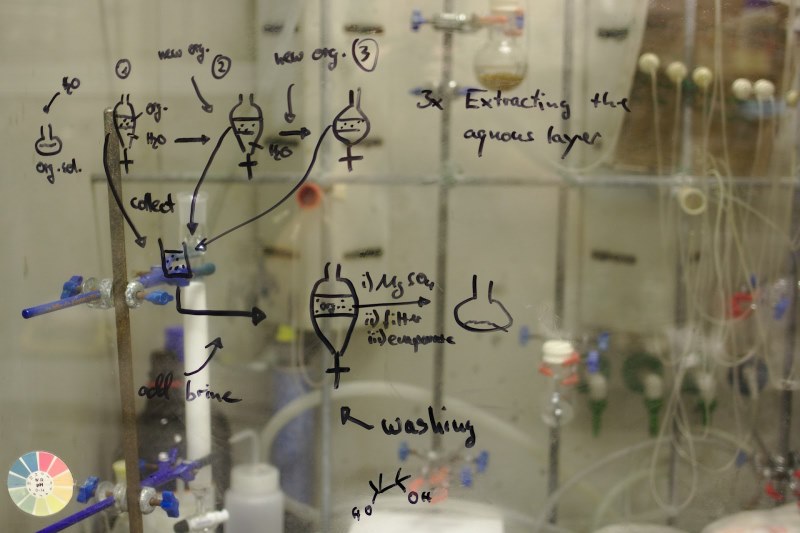
Studying proteins often entails examining their elements, including their composition, function, changes, location, or interactions with other proteins. To explore how certain proteins affect biology, researchers typically need a way to produce (manufacture) functional proteins of interest.
Proteins are large and complex; thus, chemically synthesizing them is not a practical choice for several projects. Instead, cells and their equipment produce proteins from genetic blueprints.
In contrast to proteins, DNA may be easily produced synthetically or in vitro by employing recombinant DNA techniques, which have been around for quite some time.
Proteins can be expressed from DNA templates encoding individual genes, with or without the inclusion of reporter or affinity tag sequences. Recombinant proteins have been engineered using different DNA sequences as templates.
The conventional methods for producing recombinant proteins require transfecting cells with a DNA vector that includes the template, followed by the culture of the cells so that they may transcribe and translate the protein of interest.
Usually, the cells are broken up to get the produced protein out so it can be purified. In vivo, protein expression methods are often utilized and can originate from bacterial or eukaryotic organisms.
Protein type, functional activity requirements, and optimum yield affect system selection. The optimal system for the given task is crucial when undergoing the various recombinant protein expression steps.
What Are the Various Expression Systems?
In the last 30 years, cell-based and cell-free methods for making recombinant proteins have progressed much. Eukaryotic and prokaryotic systems are two more categories that can be applied to cell-based systems.
Prokaryotic systems can express eukaryotic genes; however, because of the differences between their expression systems and those of eukaryotes, the genes must initially be implemented by cloning the cDNA version.
Mammalian Expression Systems
Mammalian cells are the most suitable structure for expressing mammalian proteins since they must be modified in several post-translational steps to perform their functions correctly. For strong translation after transfection, most DNA constructs for mammalian expression employ viral promoters (SV40, CMV, and RSV).
Both permanent cell lines and transient expression of proteins are possible in mammalian systems. If transfection is effective, both approaches generate abundant amounts of the target protein.
Some animal systems also let you control when a protein is made by using promoters that are either always on or only turn on when they need to. If a desirable protein product, when produced in high concentrations, is harmful to the cells that produce it, then inducible promoters are a highly beneficial tool.
Mammalian expression systems have some benefits, but they have more stringent requirements for cell culture.
Bacterial Expression Systems
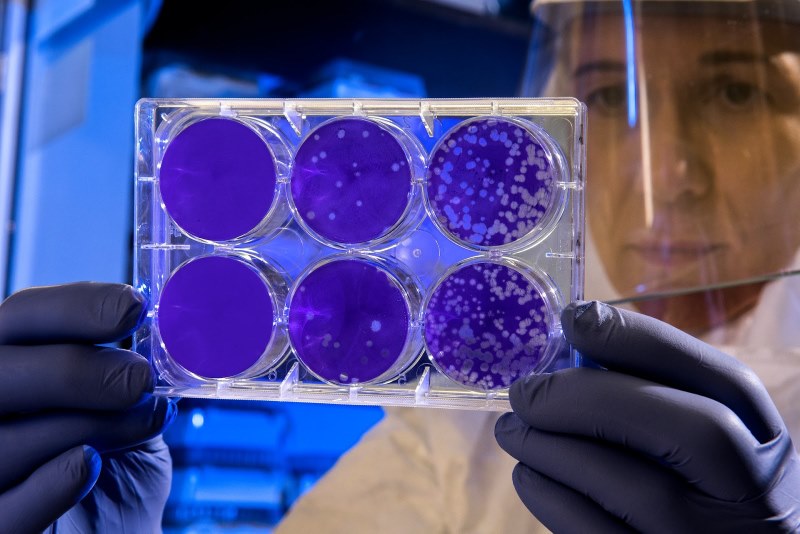
A bacterial host cell is generally the best option when producing large amounts of protein quickly and inexpensively. Several strains of E. coli have been developed specifically for protein expression, making it the most preferred host for several protein expression protocols. It is easy for bacteria to make proteins.
DNA coding for the target protein is put into a plasmid translation vector and put into a bacterial cell. You can grow your transformed cells, stimulate them into making the target protein, and then lyse them. After that, the protein can be extracted from the cellular waste and purified.
Several well-known DNA vectors are valuable for stimulating bacterial cells to yield a lot of protein, such as the pET, pRSET, Gateway pDEST, and pBAD vectors. Suppose your protein is harmful to E. coli; you may need to use a vector with lower protein production because each vector uses a distinct promoter to regulate protein expression.
The maximum protein expression level can be obtained using the pET vector, controlled by the T7 lac promoter and triggered by lactose.
Bacteria are convenient, but they can't usually make functional human proteins with several domains because their cells lack the machinery to add the necessary post-translational modifications. Many bacterially generated proteins are also insoluble and form inclusion bodies, making their extraction tedious and often impossible without using strong reagents and a lot of time.
Insect Expression Systems
Generating complex eukaryotic proteins using insect cells is possible, provided the appropriate post-translational modifications are applied. Insect expression systems can be broken down into two categories: those that use baculovirus infection and those that use non-lytic insect cells.
Baculovirus expression systems are exceptionally potent for producing high levels of recombinant proteins.
These systems allow for the high expression of exceedingly complicated, glycosylated proteins that would be impossible during recombinant protein expression in Escherichia coli or yeast cells. The only disadvantage of baculovirus systems is the ensuing lysis of the infected host cell. Cell lysis is what ends the creation of proteins.
Still, there are non-lytic expression methods for insect cells (sf9, Sf21, and Hi-5 cells) that enable the ongoing expression of genes that have been incorporated into the genome of the insect cell. Both insect expression methods have the potential to scale up for the mass synthesis of proteins.
Insect cell expression systems have some limitations, such as viral synthesis taking a long time and requiring stringent conditions. Ensuring that the culture conditions remain consistent with mammalian expression systems is advisable.
Plant Expression Systems
Plants offer a low-cost and low-tech method for mass-producing recombinant proteins. Several cells from numerous plant species, including maize, tobacco, rice, sugarcane, and potato tubers, have been employed to express proteins.
Most complicated post-translational modifications are also required in plant systems, and their characteristics and processing needs are similar to those of mammalian cell expression systems. However, because plant tissues are so biochemically complicated, extracting and purifying recombinant proteins from plants may be expensive and time demanding.
To get around these problems, scientists have used the fact that biochemicals and proteins naturally leak out of plant roots. Putting a naturally produced plant peptide on recombinant proteins makes finding and purifying the protein of interest easier.
On the other hand, the expression of therapeutic and immune-related proteins in plant cells is still in its infancy. But it already includes the production of antibodies and medications like interleukins.
Algal Protein Expression
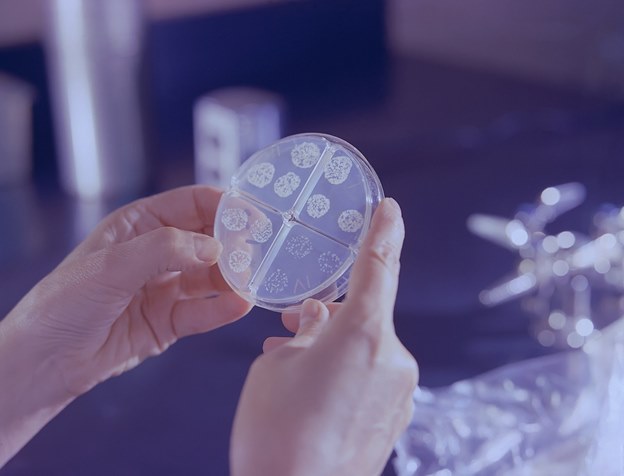
Recombinant protein manufacturing in plants utilizing microalgae is becoming increasingly popular as a method of high-volume, quick, and affordable production of recombinant protein.
Microalgae are easy to grow because they only need a few nutrients, and their genes can be expressed in both the nuclear and chloroplast genomes through certain post-translational changes. The technology is in its early stages as a manufacturing platform, so there are still numerous obstacles before it becomes a fully developed expression system.
Yeast Expression Systems
Yeast is an excellent expression method to produce vast amounts of recombinant eukaryotic proteins. Even though protein expression is possible with many different types of yeast, S. cerevisiae is the most dependable and commonly used type because it's an organism of interest in genetics and biochemistry.
When working with S. cerevisiae, researchers frequently put recombinant proteins in a state where a galactose inducible promoter, abbreviated GAL, controls them. The PHO5 and CUP1 promoters, activated by phosphate and copper, are also often used. Growing yeast cells in a specific medium and modifying them for fermentation facilitates the substantial, stable synthesis of proteins.
In contrast to bacterial systems, yeast expression systems are typically simpler and less expensive to manipulate than mammalian cells, and they can frequently change complicated proteins. Yeast cells, on the other hand, have a slower growth rate than bacterial cells.
Therefore, the environment in which they grow frequently needs improving. Yeast cells are also renowned for hyperglycosylated proteins, which could be a problem based on the protein you want to express.
Cell-Free Expression Systems
Proteins are generated in vitro employing isolated parts of the transcription and translation processes in cell-free expression systems. Among these are ribosomes, RNA polymerase, transfer RNAs, ribonucleotides, and amino acids. Cell-free expression systems are helpful for the rapid assembly of many proteins in a single process since they do not require cells.
One of the best things about these systems is that they can put together proteins with labeled or changed amino acids that can be used in different ways later. Yet, cell-free expression methods are exceedingly difficult to operate and costly.
Cell-free or in vitro translation (IVT) protein expression methods have advantages over traditional in vivo systems. However, they cannot be used for manufacturing on a large scale and are therefore not sustainable.
The time-consuming process of cell culture can be avoided by using cell-free expression, which enables the rapid synthesis of recombinant proteins. Cell-free systems allow for the production of proteins rapidly degraded by intracellular proteases and tagging those proteins with changed amino acids.
Additionally, it is much easier to express a wide variety of proteins simultaneously when using the cell-free method. For instance, it is possible to do expression on a small scale using various recombinant DNA templates when assessing protein mutations. The expression of human caspase three protein was carried out with the assistance of an IVT system in this exemplary experiment.
Chemical Protein Synthesis
It’s possible to chemically synthesize various recombinant proteins like proteins that need to be tagged, proteins that need to be labeled at specific places, or proteins that are hazardous to biological expression systems.
High-purity proteins can be synthesized chemically. However, this method is limited to peptides and shorter proteins. Chemical synthesis has a poor success rate in terms of yield, and it is too costly to use for longer polypeptides.
Selecting the Right Expression System
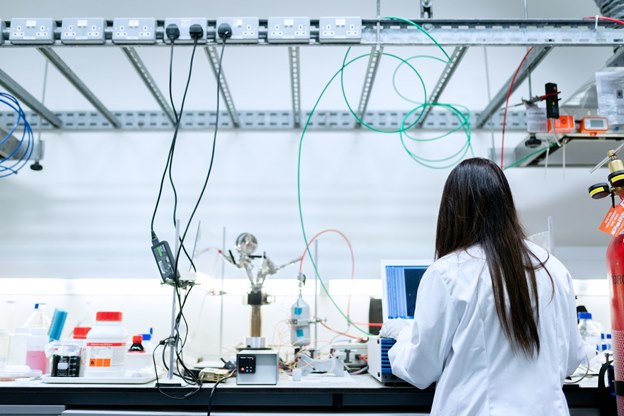
Choosing the appropriate protein expression system is essential to achieving one's goals, as the host cells are responsible for supplying the machinery necessary for protein synthesis and setting the stage for the entire process.
Typically, cells are transfected with a DNA template and then allowed to transcribe, translate, and alter the target protein. After the cells have been lysed, modified proteins are isolated from the lysed cells by applying protein tags and then purified through various processes to remove impurities. Many different factors help determine the mode of expression to employ:
- The protein whose expression you are attempting to control
- The amount of protein you require
- Your strategies for subsequent applications
Wrapping up
Expressing recombinant proteins is complicated, expensive, and time-consuming, particularly if you don't have sufficient knowledge to express and separate a specific recombinant protein. Luckily, Biomatik is one example of the leading biotechnology firms that offer scaled-up or tailored recombinant protein expression services.
Visit the page dedicated to our recombinant protein expression service for more information, and don't hesitate to contact us if you have any doubts.

